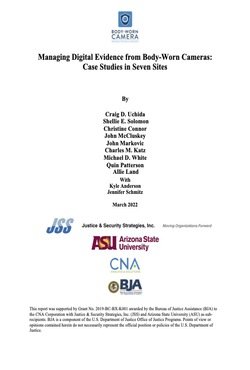By Peter Stout
Houston TX experienced a widely known failure of its police forensic laboratory. This gave rise to the Houston Forensic Science Center (HFSC) as a separate entity to provide forensic services to the City of Houston. HFSC is a very large forensic laboratory and has made significant progress at remediating the past failures and improving public trust in forensic testing. HFSC has a large and robust blind testing program, which has provided many insights into the challenges forensic laboratories face. HFSC’s journey from a notoriously failed lab to a model also gives perspective to the resource challenges faced by all labs in the country. Challenges for labs include the pervasive reality of poor- quality evidence. Also that forensic laboratories are necessarily part of a much wider system of interdependent functions in criminal justice making blind testing something in which all parts have a role. This interconnectedness also highlights the need for an array of oversight and regulatory frameworks to function properly. The major essential databases in forensics need to be a part of blind testing programs and work is needed to ensure that the results from these databases are indeed producing correct results and those results are being correctly used. Last, laboratory reports of “inconclusive” results are a significant challenge for laboratories and the system to better understand when these results are appropriate, necessary and most importantly correctly used by the rest of the system.
PNAS 2023 vol. 120, no. 41





